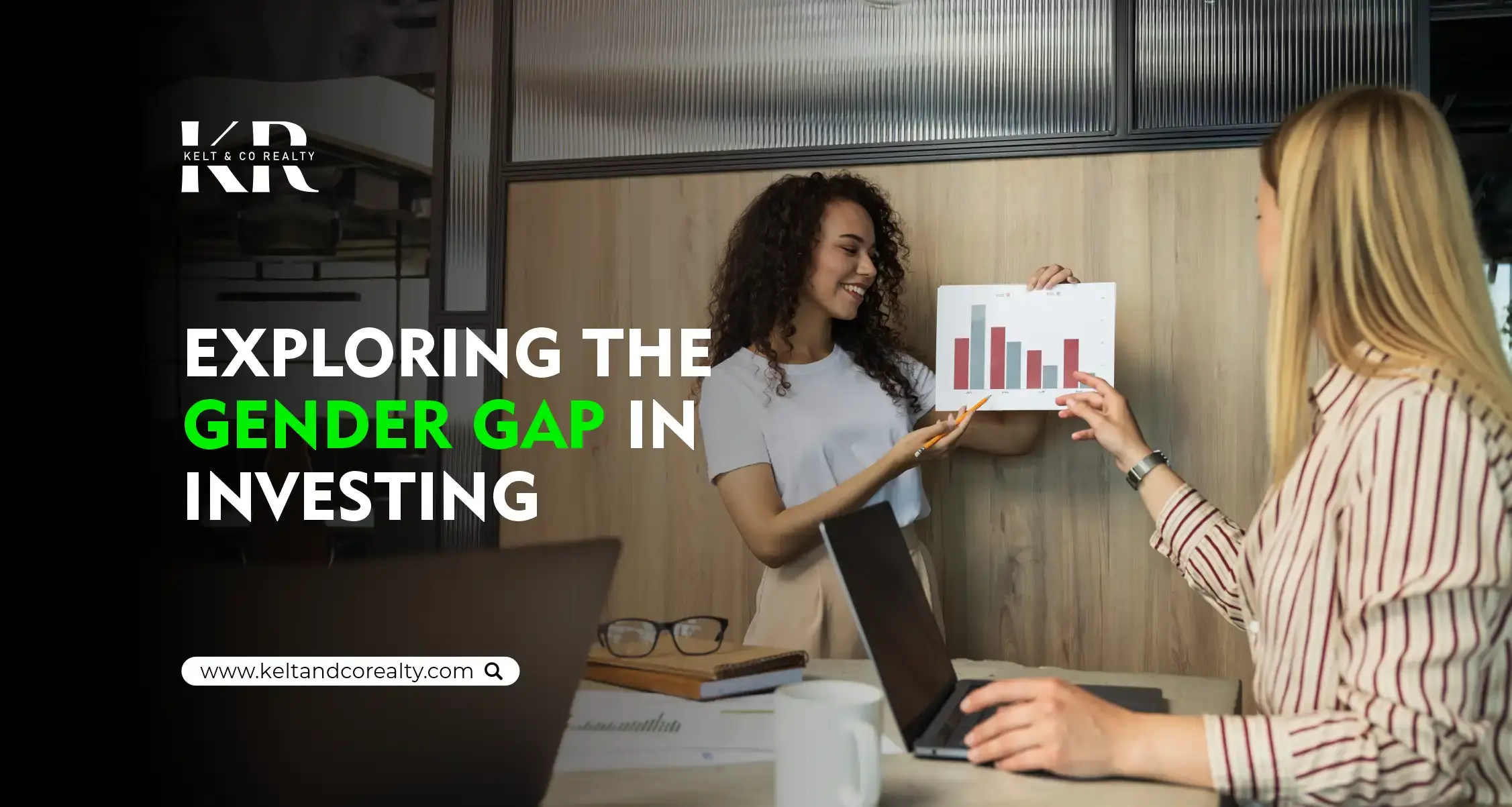
Investing opportunities are not exclusive to men, women are also proving their investment capabilities. Though the number of women investors worldwide remains around 20%-30%, their participation in this specific domain is growing over time mainly in developed markets. Several factors lead to gender disparity in investment such as financial literacy, income inequality, investment preferences and cultural norms. It has been observed that women normally prefer low-risk investment options however, the inception and expansion of fintech platforms encourage women’s participation in investing.
The Current Landscape of Women Investors
Women’s representation in global standing has historically remained underrepresented. However, the number of women in this domain is increasing over time. Though issues such as limited access to capital and societal biases still persist, the number of women investors is expected to rise.
According to a BNY Mellor report published in 2021, only 20% of women are involved in investments related to equities. A report published by eToro in the same year found that 27% of their global investors are women. Another report published by the OECD in 2020 highlighted that 30-40% of all investors in developer markets are women, showcasing a lower number of women investors even in emerging economies.
In the investment landscape, women remain largely underrepresented highlighted by their participation in equities. Despite gradual progress, gander parity disparity still persists mainly because of a number of factors such as gaps in financial literacy and income disparities.

Factors Contributing to the Gender Gap
A range of social, economic and cultural factors lead to this gander gap. It is prerequisite to understand factors that influence women’s participation in financial markets. Let’s explore the key reasons behind this disparity.
Financial Literacy
Limited knowledge of financial markets, investment strategies and wealth management in women normally lead to hesitation in independent decision making. Lower financial literacy in women does not let them make bold investment decisions.
Income Inequality
The issue of income inequality is still there. This limitation also restricts women to invest. Caregiving responsibilities and other interruptions in career reduce their abilities to have enough finances required for investments. It means income disparities also make it challenging for women to invest.
Cultural Norms
Traditionally men have more autonomy than women. They can make more independent decisions compared to women because women are more focused on household chores, limiting their exposure to investment opportunities and also curtailing their financial decision making abilities.
Risk Aversion
Women normally prefer low-risk investments compared to men, limiting their potential to long-term financial growth. Though this tendency leads to stability, it also widens the gap in investment domain between genders.
How Women Are Overcoming Barriers
Though several factors are hindering women from investing, they are actively addressing these barriers and their participation is increasing gradually. The investment landscape is also evolving, enabling women to educate themselves and shift their mindsets. The role of the fintech revolution cannot be neglected in this domain. Technological advancements such as platforms like Ellevest and Robinhood are designed to foster women’s participation, increase financial education, change the dynamics of workplaces and empowerment initiatives allowing women to embrace investment opportunities and make bold and independent investment decisions.
Trends Shaping the Future
Fintech Adoption
Technological advancement has altered old investment ways and reshaped this landscape. Technology-driven investment platforms encourage women to play their part without any hassle. Fintech is breaking traditional barriers by allowing females to capitalize on user-friendly applications, automated advisory services and customized investment solutions to make prudent decisions.
Investment Behavior
Both the strategies and investment preferences of females are also evolving over time. They also tend to diversify their portfolios by investing in real estate, stocks and bonds. This tendency showcases their confidence and also reflects a change in their perspective on long-term wealth creation.
Long-Term Economic Impact
A shift in females’ participation in investment will also lead to economic growth. By investing, women can also build wealth, contribute to financial markets, foster innovation, expand businesses and stabilize economies, creating a more prosperous financial future.

Opportunities for Bridging the Gender Gap
Policymakers, financial institutions and fintech platforms can encourage women to invest to address this gender gap and create a prosperous financial landscape. A number of initiatives can be taken such as financial education programs to drive meaningful change and empower women to take charge of their financial futures.
Encouraging Their Participation
A multifaceted approach is required to enhance the participation of women in the domain of investment. It may involve policy reforms and investment programs designed for women. Mentorship opportunities will also enhance their confidence and decision-making prowess.
Enhancing Global Assets
If more women start investing and reducing the gender investment gap then this development will unlock countless global assets, leading to a more balanced distribution of wealth. Besides individual benefits, such measures will also strengthen economies.
Gender-Specific Services
Financial institutions can develop mechanisms to ensure equal access of women to financial resources. They can also create a supportive and encouraging environment where women feel empowered and take decisions for their own social and economic betterment.
Conclusion
The role of women in the investment landscape is not equivalent to that of men. Females are far behind in this specific field mainly because of a few factors, including financial literacy gaps, income equality and cultural norms. However, new patterns are evolving and the participation of women is gradually increasing because of advancements in fintech, women empowerment initiatives and changing workplace dynamics. The participation of women can create a stronger and more resilient investment landscape, growing the global economy and creating a more balanced and equitable financial system.
Invest Smart with Kelt and Co Realty – Opportunities for Everyone
Kelt and Co Realty is a notable real estate agency in Dubai. This property company comes with profitable investment opportunities and facilitates investors, property buyers and sellers. Kelt and Co Realty believes in empowering investors equally and strives to bridge the gap in real estate investment. It offers a level playing field to both men and women, enabling them to find their dream properties based on their specific needs and preferences. In short, we offer customized real estate solutions. So, if you aim to invest to generate revenue or own a house in Dubai then get our assistance to meet your investment ends.
FAQs/
What challenges do women face in investing?
When it comes to real estate investment, women participation is quite lower compared to that of men mainly because of a few factors such as limited access to financial education and investment resources, income inequality and cultural norms.
What opportunities exist to close the gender investment gap?
Opportunities include women targeted financial education programs, the development of investment platforms designed to empower women investors and shifts in policies to promote the idea of equal pay for both gender
What role does real estate investment play in reducing the gender gap?
Real estate investment is considered a tangible and secure investment. Given this, women are attracted to property-related investments. These sorts of investments lead to long-term financial security and also offer significant returns.
What impact does closing the gender investment gap have on society?
If this gender gap is reduced and women are empowered to take bold investment decisions then it will lead to greater economic stability. Females will have more financial independence and they will also be able to capitalize on the benefits of investments.





